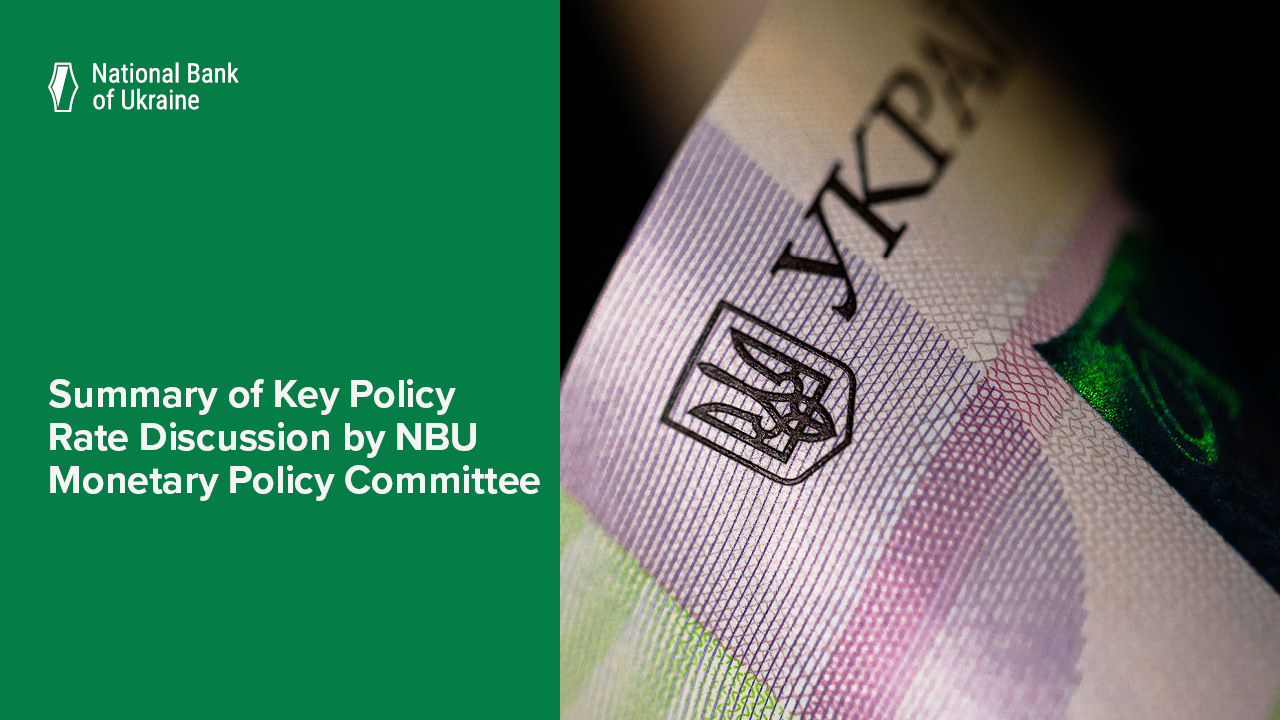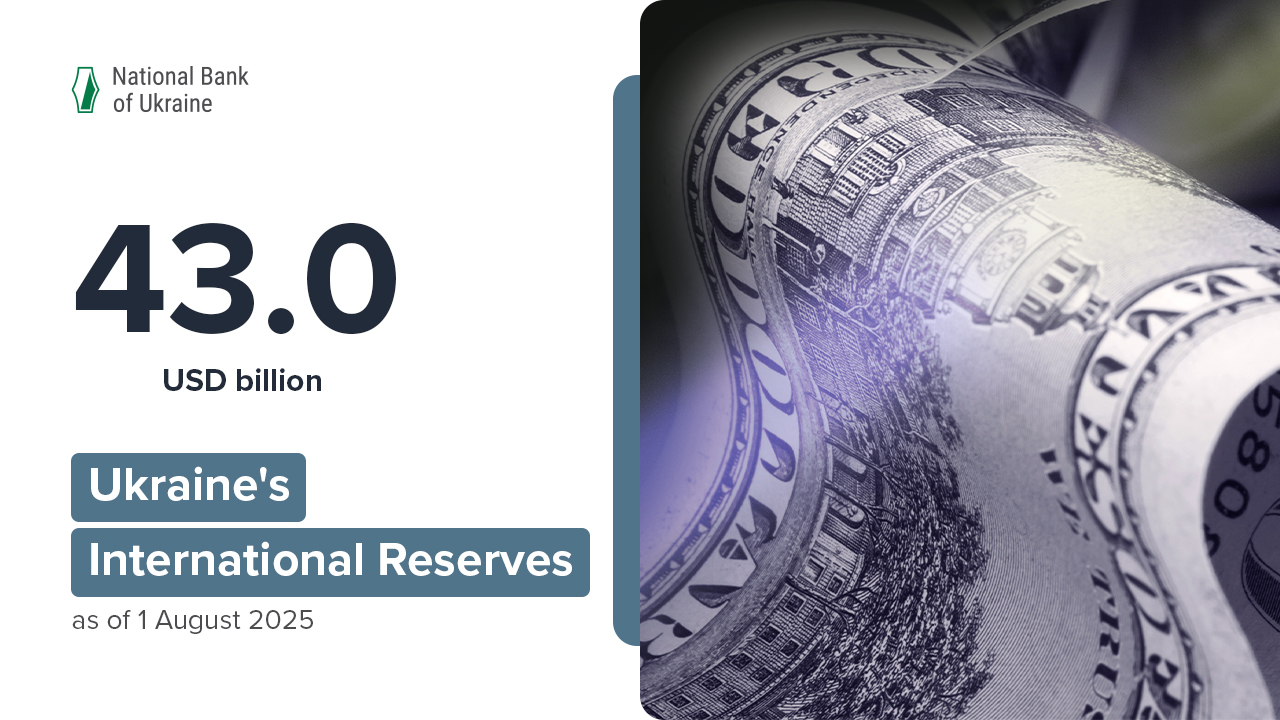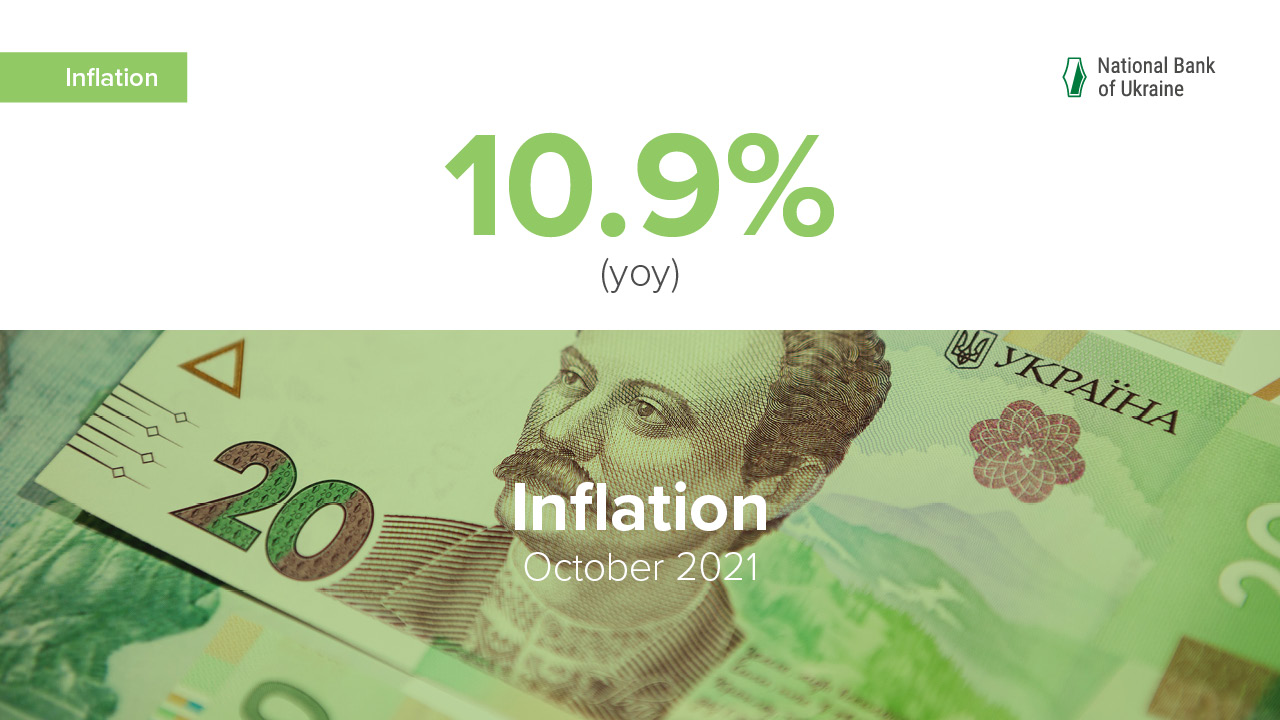In October 2021, consumer inflation declined in annual terms to 10.9%, down from 11% in September. In monthly terms, prices increased by 0.9%. This is according to data published by the State Statistics Service of Ukraine.
Actual consumer inflation slowed as expected, but it was above the forecast published in the NBU’s October 2021 Inflation Report. This was primarily due to the significant side effects of higher energy prices.
Core inflation accelerated in October (to 7.6% yoy, up from 7.4% yoy in September)
Prices for processed food products continued to rise (by 13.2% yoy). The growth in prices for pasta, bakery, and dairy products accelerated due to high energy prices. Cereals rose in price at a faster pace, partially driven by trade restrictions imposed by Russia. At the same time, the growth in sunflower oil prices slowed rapidly as the low base effect waned and the processing of newly harvested crops began.
The increase in services prices also accelerated (to 9.6% yoy). With production costs of businesses rising, the services of fast food and other restaurants, car insurers, hairdressers, beauty salons, and cultural and leisure establishments became more expensive. Prices decreases for tourist services decelerated.
Nonfood prices also edged higher (by 1.5% yoy). Prices for pharmaceuticals and personal care products sped up. At the same time, the fall in prices for cars, as well as for clothing and footwear, deepened amid a stronger hryvnia.
The growth in raw food prices decelerated (to 13.8% yoy)
The rise in sugar prices slowed sharply due to the high yield of sugar beets. The pace of growth in egg prices also declined. Fruits became cheaper amid a large harvest of apples and a stronger hryvnia. In the meantime, milk and meat prices rose further, driven by unfavorable market conditions in livestock farming and high energy prices. The latter also fueled the growth in prices for vegetables, as greenhouse produce became more costly to grow.
The growth in administered prices continued to slow (to 16% yoy)
The pace of growth in natural gas prices for households continued to fall sharply due to the waning of the low base effect and because of the option for households to have an annual gas contract with a fixed price. Heating services grew more expensive at a slower pace, as heating prices for households remained constant. The growth in tobacco product prices also decelerated. Meanwhile, prices for alcoholic beverages and transportation services rose further.
Fuel price growth rates increased (to 33.9% yoy)
This was primarily because of the rise in oil prices in global commodity markets. Price increases in this group of goods were somewhat restrained by the price regulation imposed in the fuel market in May 2021.
Ukraine has already passed through the 2021 peak of consumer price growth rates, by NBU estimates. Going forward, inflation will decline. The NBU’s October macro forecast envisages that inflation will slow to a single-digit level at the end of 2021, and to the target level of 5% at the end of 2022. As before, the NBU assesses the balance of risks for its baseline scenario of inflation as having tilted to the upside, especially in the medium term.








